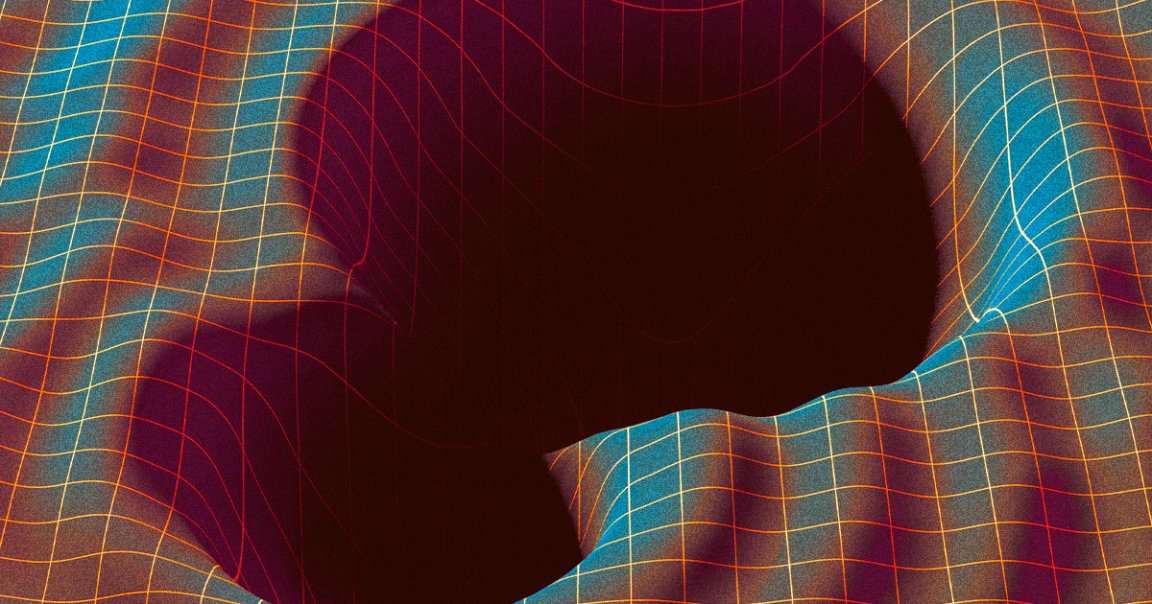
Scientists using the ever-faithful Hubble Space Telescope (HST) believe they’ve spotted their most terrifying discovery to date: A “rogue” supermassive black hole, unshackled from the heart of its galaxy, prowling across the cosmos at nearly a thousand miles per second.
If their findings hold water, it would make for some of the best evidence to date of a supermassive black hole being ejected from its host galaxy.
“These events have been predicted by theory, but up until now, there’s been little evidence for them,” astronomer Charlotte Angus of the University of Copenhagen who was not involved in the study, told ScienceNews.
Lead author Pieter van Dokkum, an astrophysicist at Yale University, remarked to the publication that “whatever it is, we haven’t seen it before.”
While their study awaits formal publication in the Astrophysical Journal Letters, the preprint clearly already has some scientists abuzz with excitement. “The observations are all fitting together with this scenario,” Manuella Campanelli, a prominent astrophysicist renowned for her work on black holes who was not involved in the study, told Insider.
And this supermassive black hole isn’t only destroying everything in its path. Based on the Hubble images, it appears the rogue black hole is producing a trail of nascent stars as it passes. You read that right: It may actually be spawning stars, too, rather than just destroying them.
In fact, this streak of stars is what led to the rogue black hole’s discovery in the first place. Because a black hole is invisible, astronomers must observe the matter it surrounds itself with. In the case of supermassive black holes, that’d typically be a luminescent disk of gasses and stars. But in the case of this rogue supermassive black hole detached from any galaxy, it, fortunately, left some sidereal breadcrumbs for astronomers.
“I thought that I’d actually made an error that there was this weird streak in the image,” van Dokkum told Insider.
What remains unclear, though, is what could have forced the rogue black hole out of its original galaxy. The most likely theory, per van Dokkum, involves galactic mergers. When two galaxies merge with each other, typically, so do their supermassive black holes.
But throw a third one into the mix, and all bets are off. Van Dokkum and his team suspect that around 39 million years ago, a third galaxy interfered with the merger, butting one of the supermassive black holes out and turning it rogue.
While they note that more research is needed before a definitive conclusion can be reached, the researchers have already spotted a strong clue in the theory’s favor: a trail running opposite to the rogue black hole’s, which they believe leads to the merging galaxies it was booted from.
“The picture really tells the story,” van Dokkum told Insider.
Dokkum says that the next step will be trawling through old Hubble data to find evidence of similar streaks that may indicate other rogue black holes.
More on black holes: All the Missing Dark Energy Hiding in Black Holes, Scientists Say